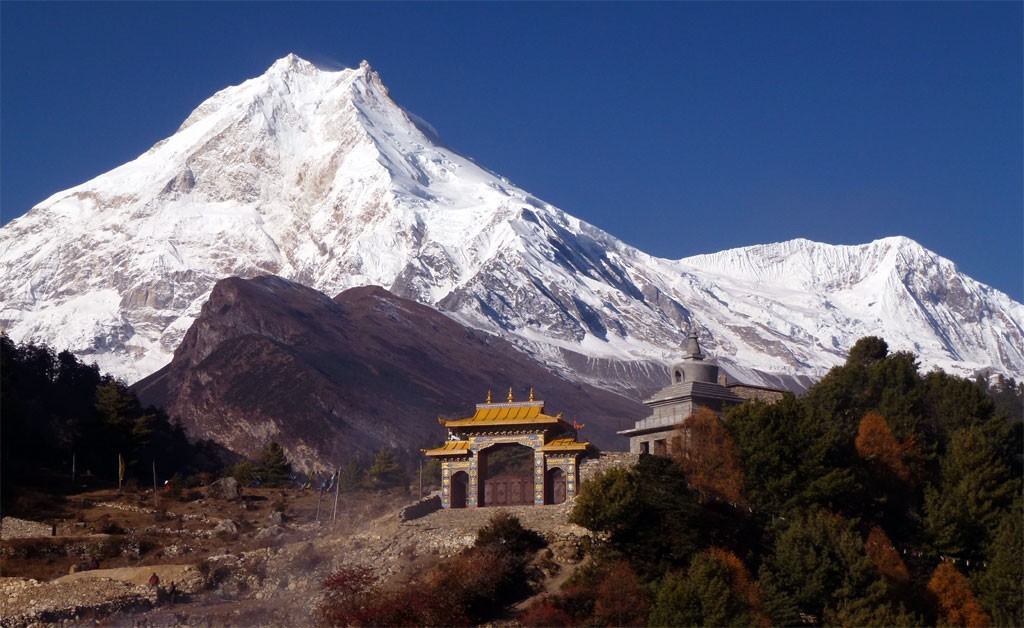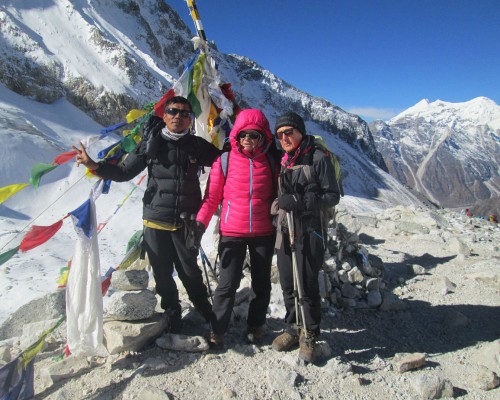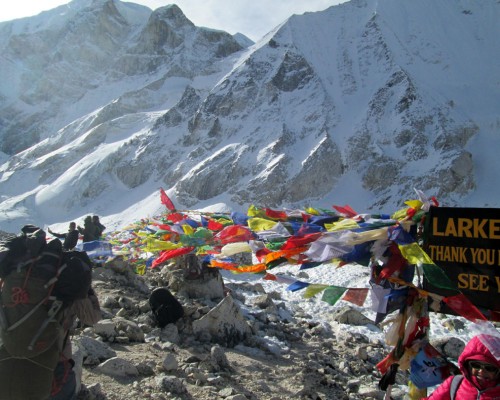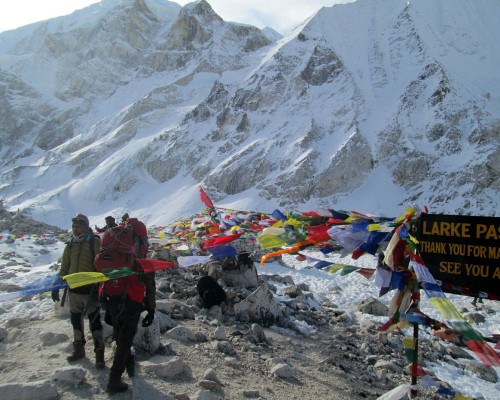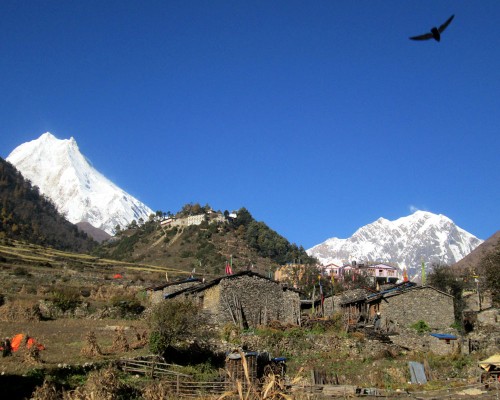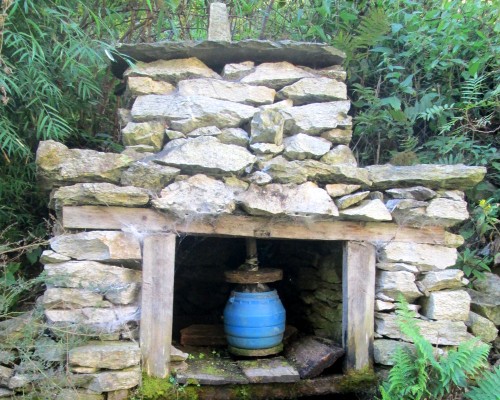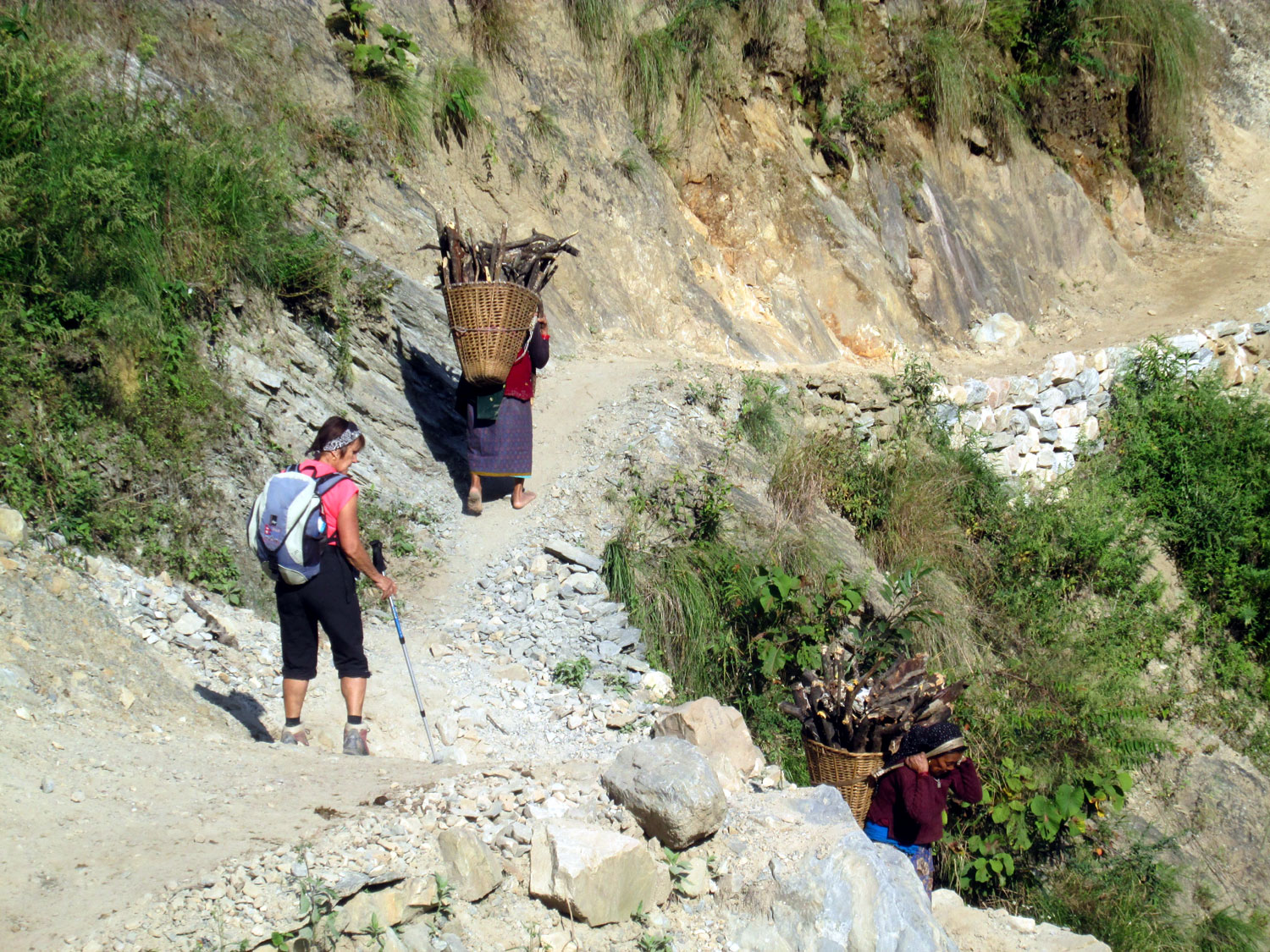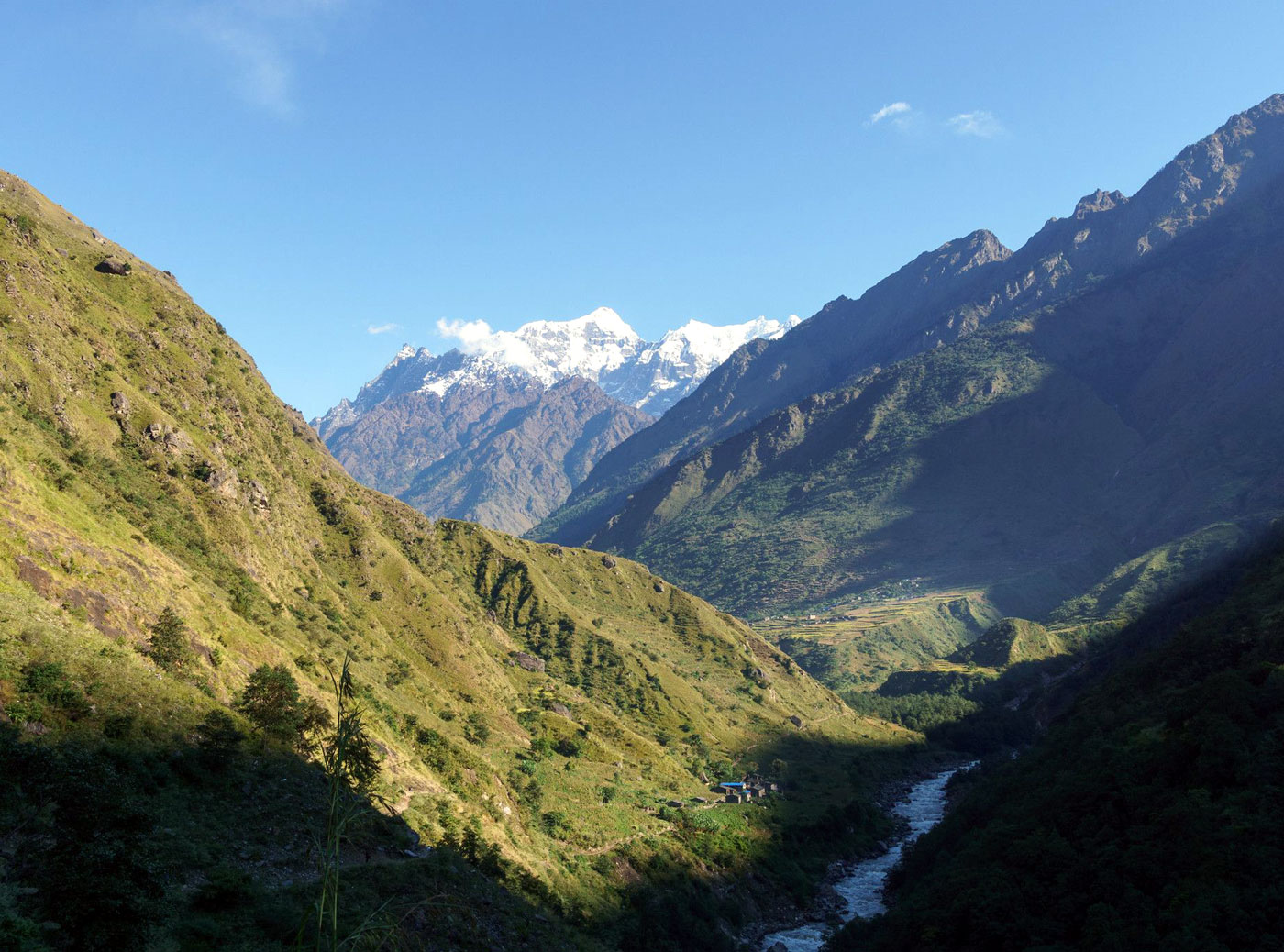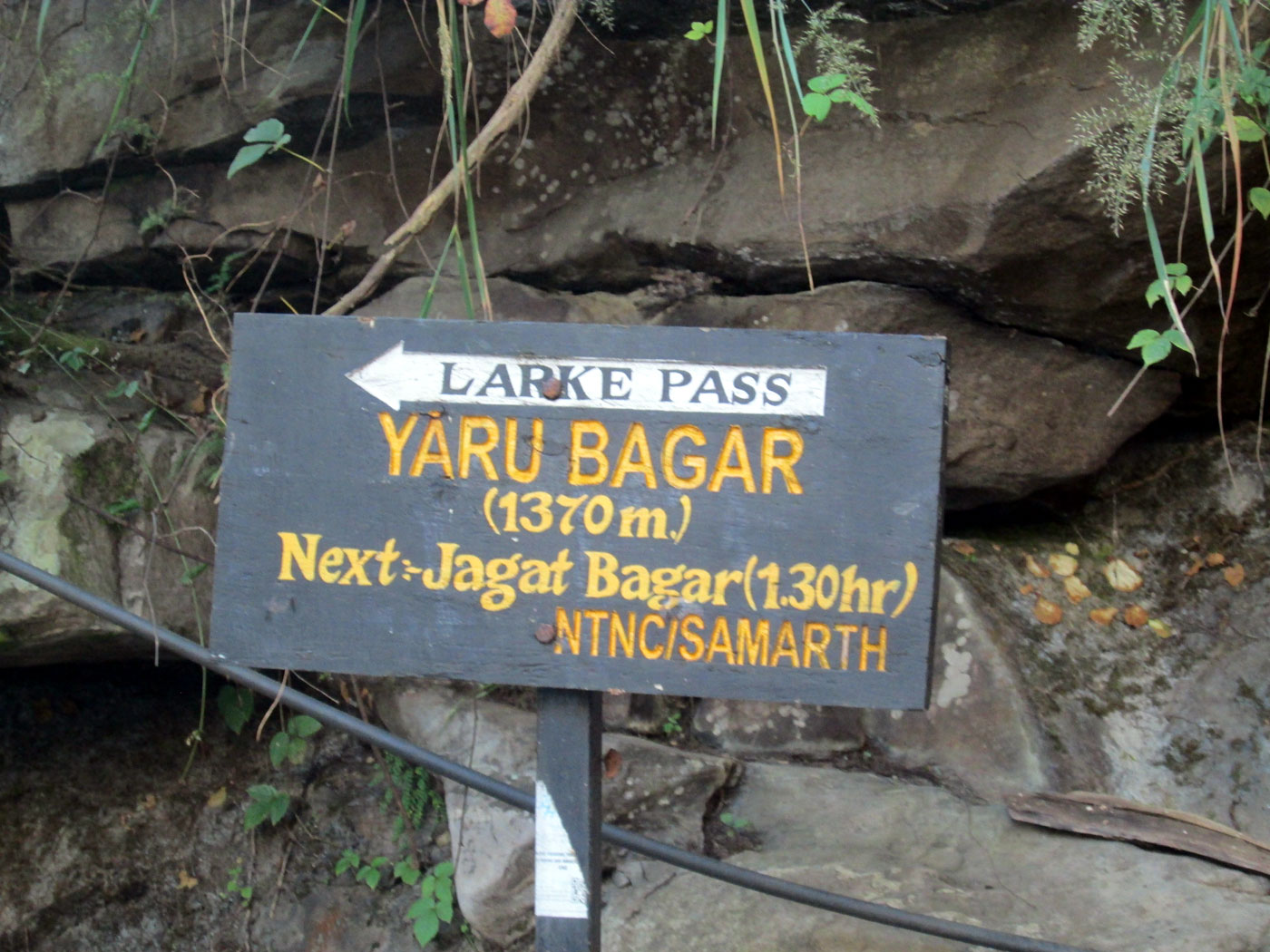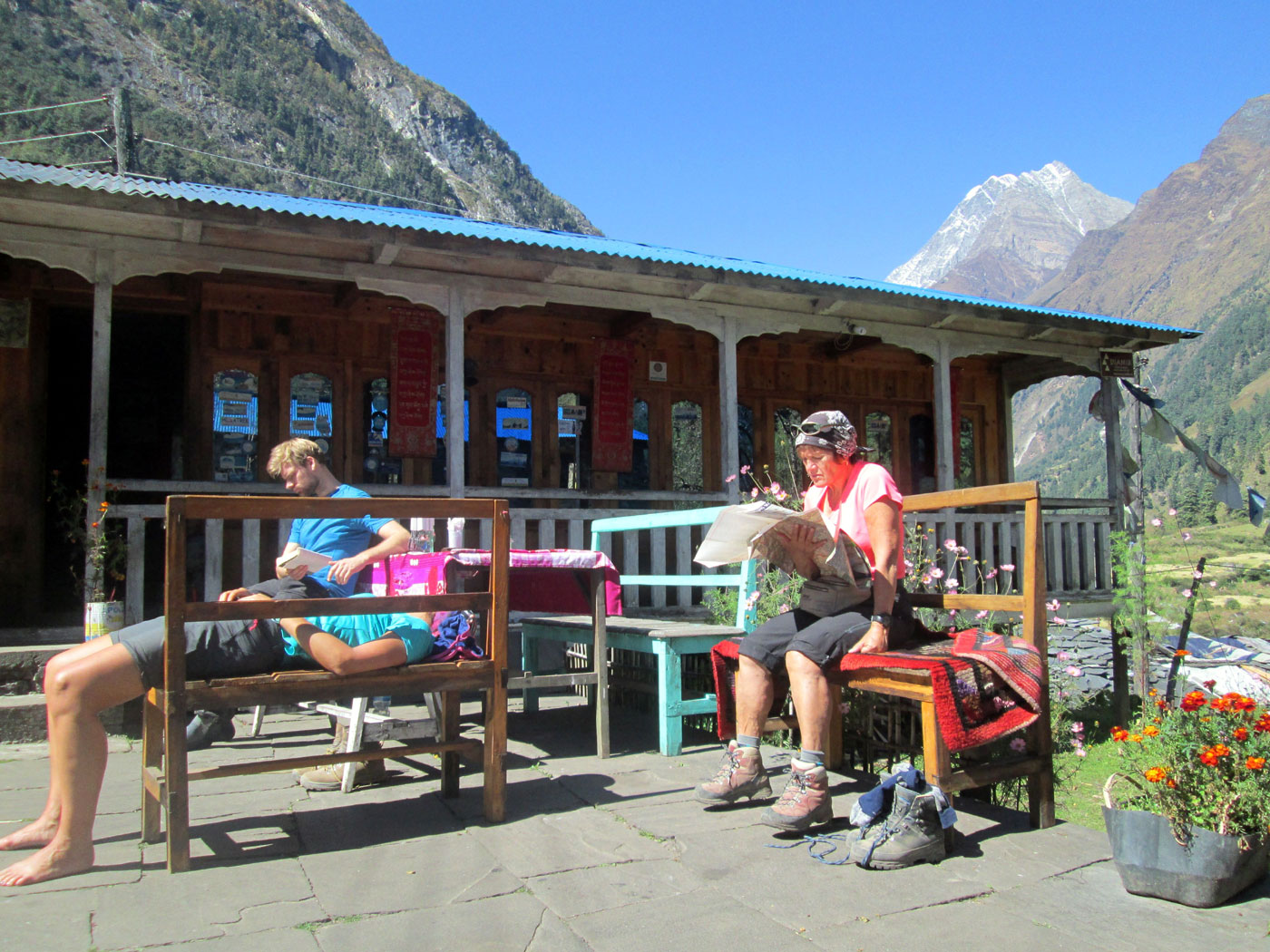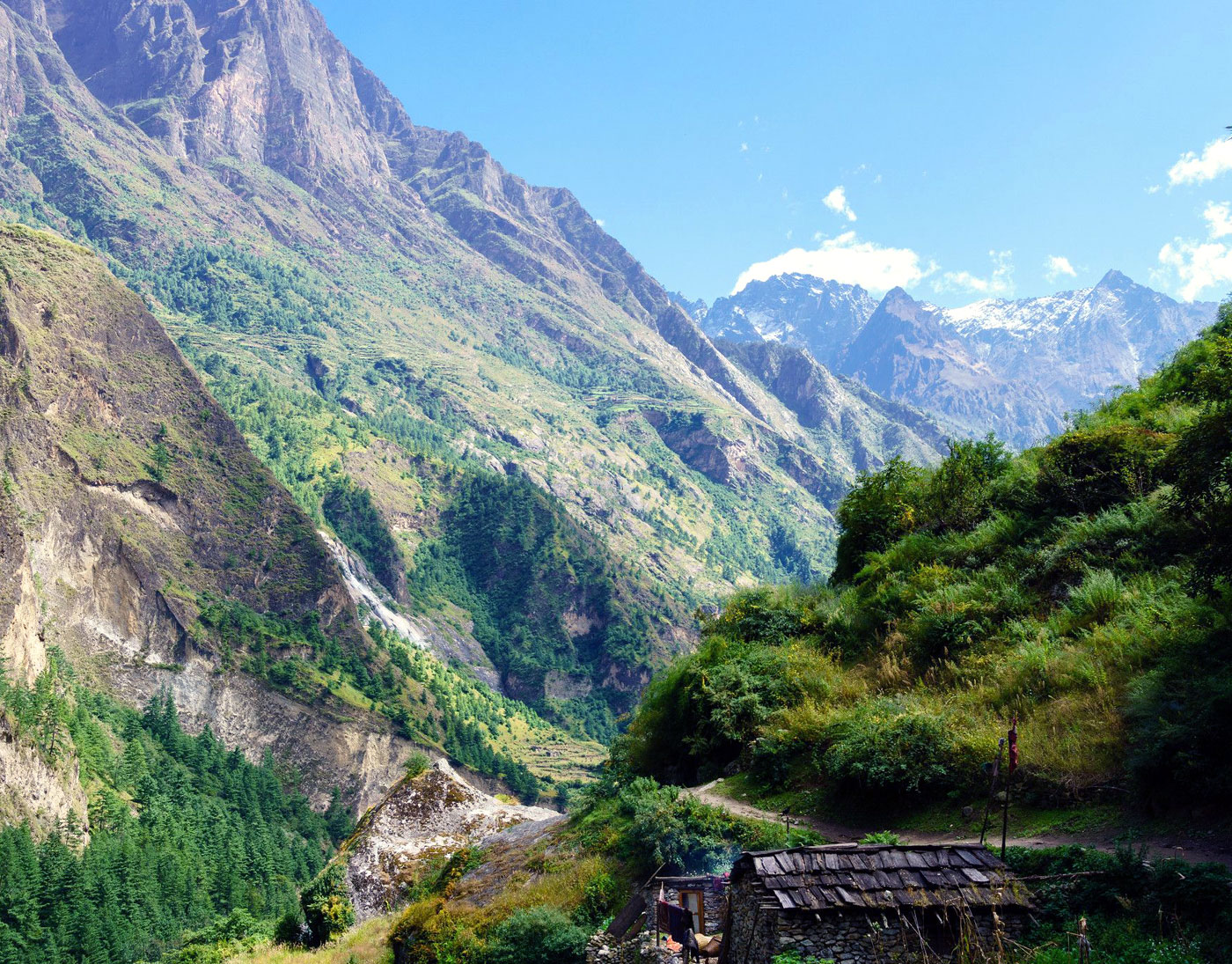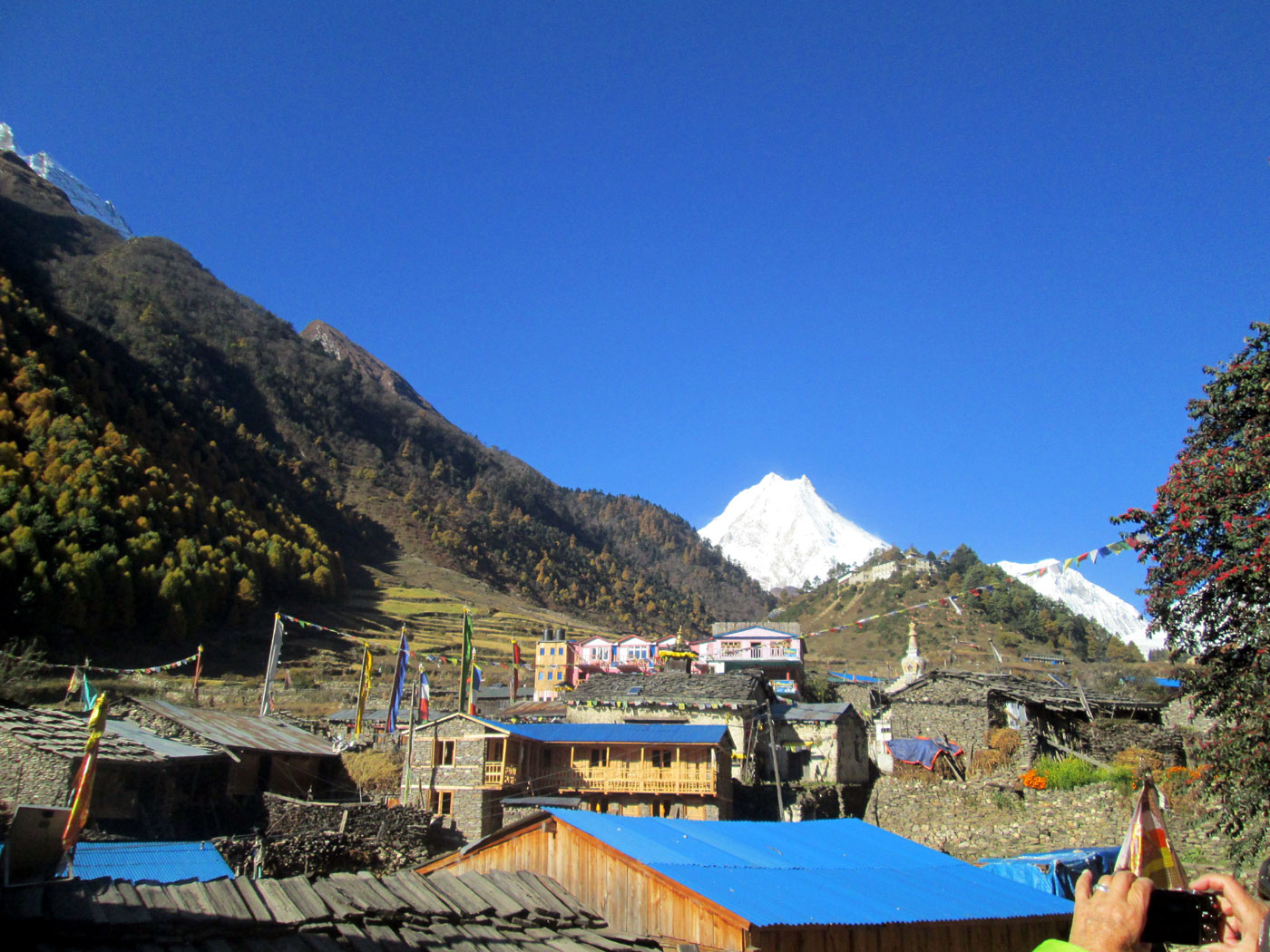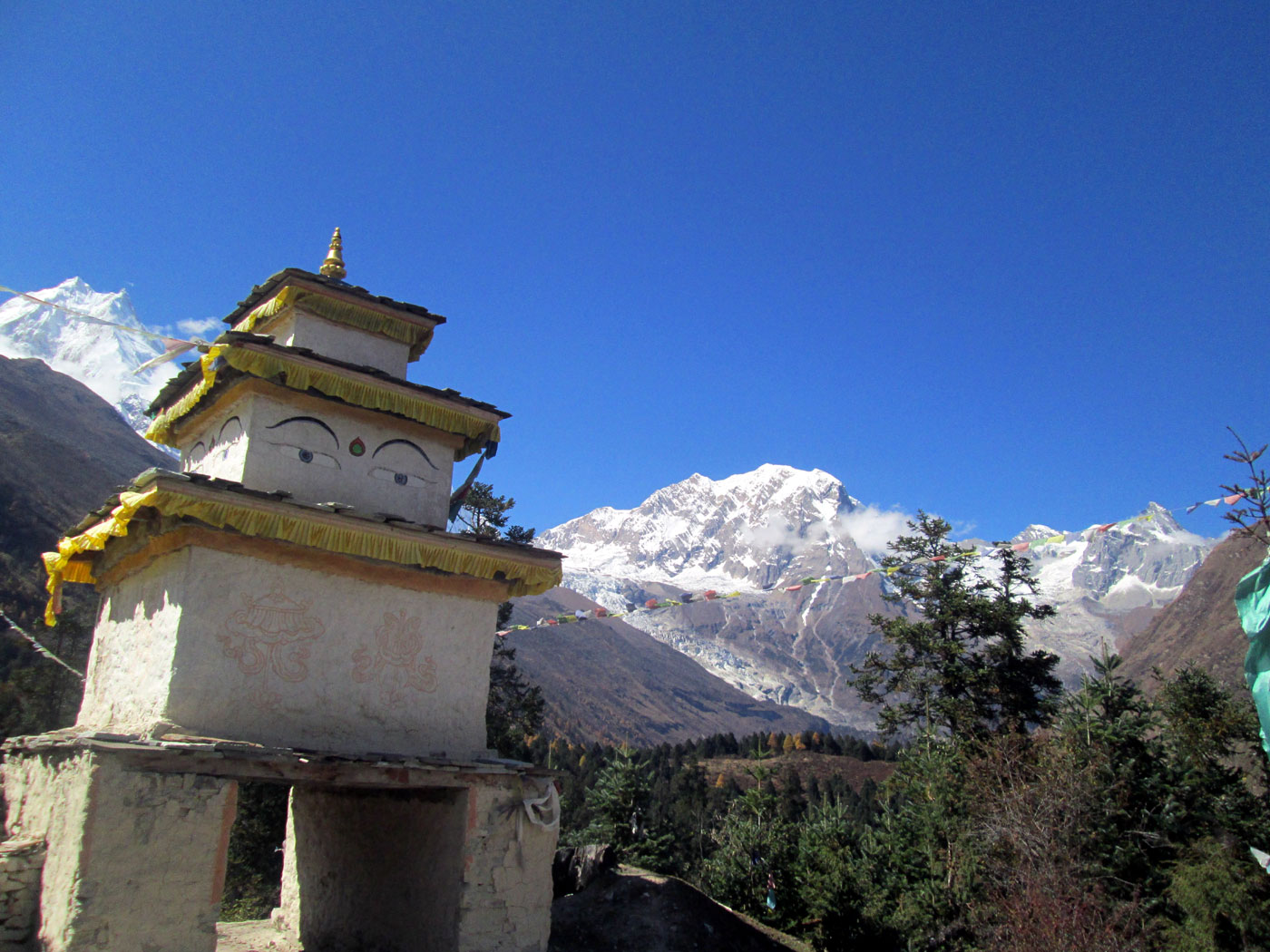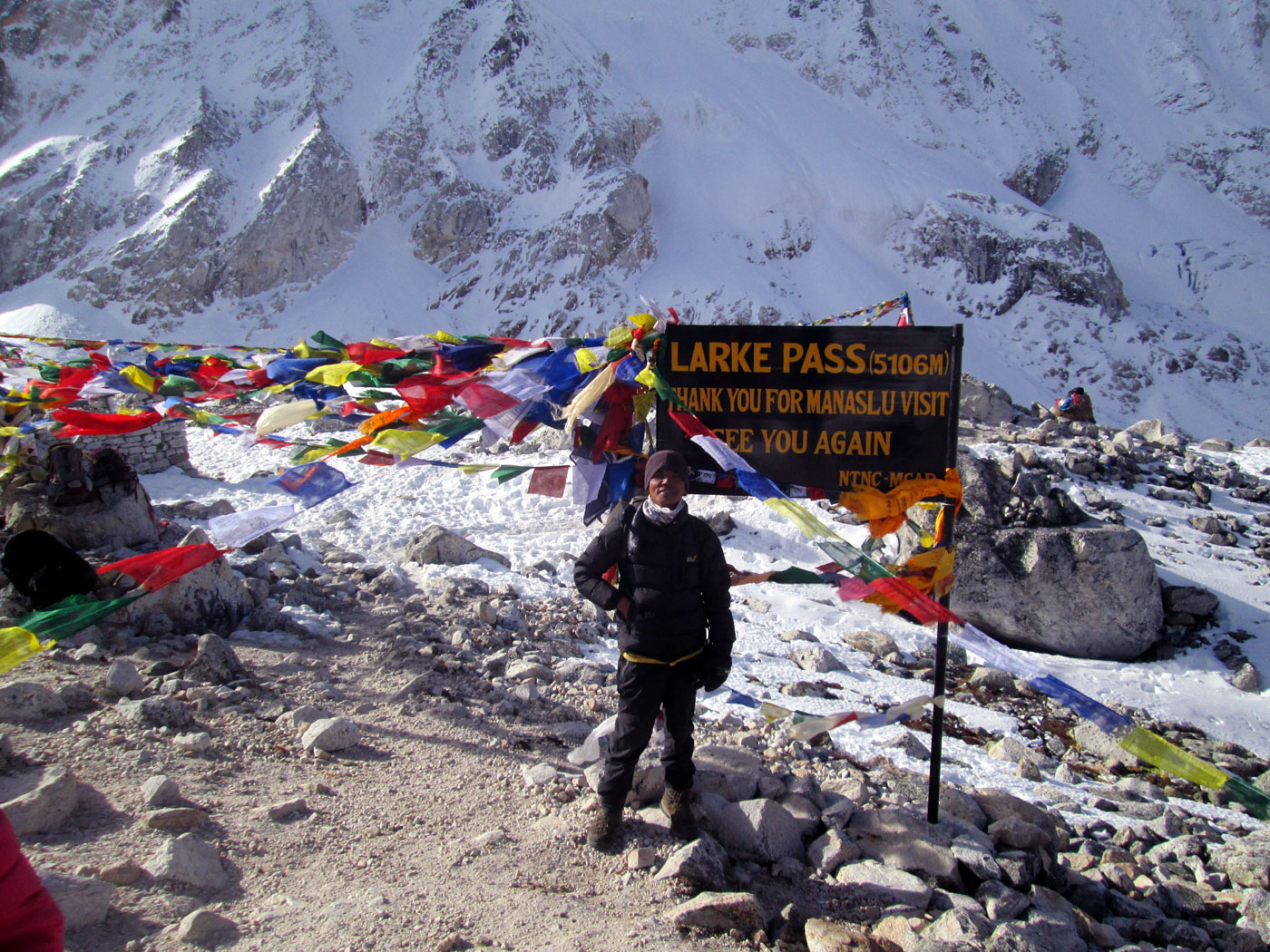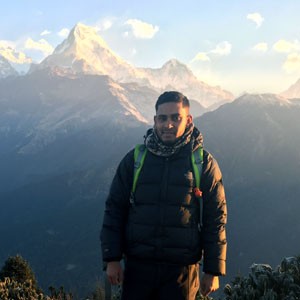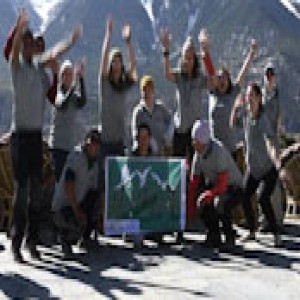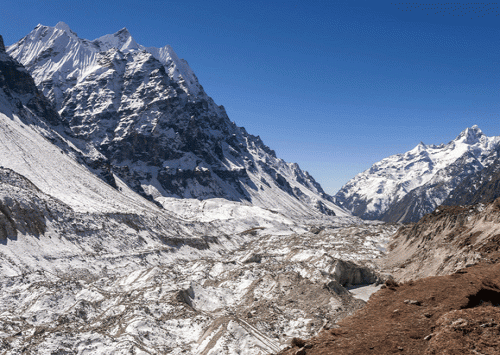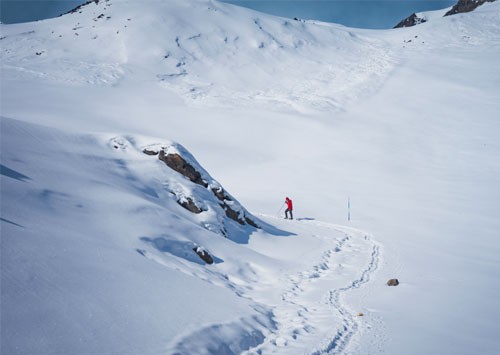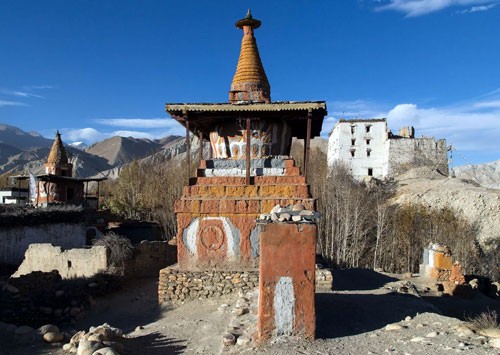Short Manaslu Trek is shorter form of the classic Manaslu Circuit Trek. This voyage is compact yet breathtaking experience through one of Nepal’s most remote and culturally rich regions.
Located in Manaslu region, this trek is a perfect blend of natural beauty, cultural immersion and high altitude challenge. If you are searching for a less crowded alternative to the Annapurna or Everest treks, the short Manaslu hike delivers an unforgettable Himalayan experience in under two weeks.
If you are wanting to trek the Manaslu Circuit in limited time we at Dream Heaven Adventure have tailored this 10 days short Manaslu Circuit Trek. We offer you a customized trek plan in budget friendly way. With our professionalism and experienced team, we are committed to offering you best service in the Himalayas of Nepal.
Highlights of short 10-days Manaslu Circuit Trek in Nepal
- Crossing the highest point of the trek Larky La Pass at the evaluation of 5,106 meters.
- Exploration of Tibetan village and lifestyle
- Explore various wildlife along the trail
- Awe-inspiring Himalayan views
- Explore one of the off-beaten area of Nepal
- Observe authentic Himalayan lifestyle
- Explore Budhi Gandaki valley.
Why choose Manaslu Circuit Short Hike?
Choosing the Manaslu Circuit Short Hike means getting away from the crowds, diving deep into nature and culture, and challenging yourself in one of Nepal’s most beautiful, well supported high altitude treks.
The 10-day Manaslu circuit trek is one of the less crowded trekking trail in Nepal. Compared with Everest or Annapurna, the Manaslu Circuit sees far fewer trekkers. You will spend your days breathing in fresh mountain air without bumping into dozens of hikers ahead of you. It feels like your own private adventure.
This trek offers one of the stunning and varied scenery in the Himalayas of Nepal. In a week or so, you’ll pass through lush valleys, rhododendron forests, bamboo groves, alpine meadows and high altitude deserts. Every day brings a new view: jagged peaks, roaring rivers, icefalls and wide, sweeping panoramas.
Rich local culture is one of the central attraction during Manaslu region trek. The villages here are full of Tibetan influenced culture. You’ll stay in small tea houses, share meals with welcoming families, and see mani stones, chortens and prayer flags at every turn. It’s a chance to connect with traditions you won’t find on busier routes.
Because there are fewer trekkers, guides and porters can give you more one on one attention. You’ll learn about mountain safety, local plants and customs, and get personalized tips on pacing and acclimatization.
The Short Manaslu Circuit offers well-balanced challenge for adventurers. It is tough enough to feel like a real achievement. Crossing the Larky La pass at 5,106 m is no small talk, despite being challenging it’s doable if you keep a steady pace. You’ll push yourself, but not to the point of exhaustion.
It helps directly and indirectly on conservation of wildlife and development of community. By trekking here, you help in funding eco initiatives and community projects, so your trip has a positive impact on the development of this region.
How Difficult is the Short Hike to Manaslu Circuit?
The Short Hike to Manaslu Circuit is generally rated “moderate to strenuous.” You climb from about 700 m at Soti Khola up to 5,106 m at Larky La in just over a week, which means your body must adapt quickly to thinning air. That high pass day is the toughest as every step feels heavier, and the descent can be just as taxing on your knees and quads.
The Manaslu Circuit is “hard enough” to feel adventurous crossing a 5,106 m pass is no small feat but it’s not technical mountaineering. With good preparation, steady pacing, proper rest and respect for altitude, most fit trekkers complete it in 10 days and come away feeling it was tough, manageable, and immensely rewarding.
Daily hiking on this trek ranges from six to seven hours. You will navigate rocky switchbacks, river crossings on suspension bridges, and sometimes loose scree or icy patches above 4,000 m. A couple of days particularly the climb to Dharmsala (4,460 m) and the pass‐day itself will feel long and steep, so you need the endurance for back to back long days.
Fitness-wise, a solid cardio base helps a lot. If you regularly run, cycle, or hike hills for three to five hours at a stretch, you’ll find the trail challenging but doable. Strong legs and a steady core make ascents and descents easier. If your only experience is shorter, lower elevation hikes, plan for an extra rest day and consider hiring a porter to lighten your load.
Acclimatization is crucial. The standard itinerary includes a rest or “short hike” day at Samagoun (3,530 m) so your body can adjust before pushing on. Listen to your body: persistent headaches, nausea, or breathlessness are signs to slow down or take another acclimatization day. Staying well hydrated and moving at a steady, comfortable pace will go a long way.
Trail conditions are mostly clear and well trodden, but weather can turn quickly. After rain or early snow, paths can become muddy or slippery, and you might encounter icy patches even in spring or autumn. Carrying a waterproof shell, sturdy boots, and perhaps gaiters will help you manage these surprises.
Most trekkers with prior experience above 3,000 m complete the Short Manaslu Circuit in 10 days without major issues. If you’ve never been that high, you can still succeed, but you’ll need to go slower, build in extra rest, and prepare both physically and mentally for rustic tea house accommodations and rapidly changing mountain weather. In the end, the challenge is tough but fair and the reward of crossing Larky La and soaking in the views is unforgettable.
When is the Best Time for Manaslu circuit Trek?
The best time for the Manaslu Circuit Trek is during late September to mid-November and mid-April to early June as these season provide favorable trekking environment. The chances of rainfall are rare along with suitable temperature and clear skies making Autumn and spring one of the best time to trek the Manaslu short trek.
Autumn (Late September-Mid November)
The skies clear up after the rains, and the mountains look sharp and bright. Trails are firm, tea houses are open, and you can expect hot meals every night. It’s the busiest time, but the Manaslu route still feels peaceful.
Spring (Mid April-Early June)
Flowers bloom along the trail, especially the red and pink rhododendrons. Days warm up to around 10–15 °C, and nights can still be chilly above 3,000 m. There are fewer trekkers than in autumn, so finding a room is easier and permits cost a bit less.
Monsoon (Late June-August)
Rainfall turns paths muddy and slippery. Leeches come out after each downpour. Many tea houses close, so food and shelter can be hard to find. It’s safer to skip this season for a short trip.
Winter (December-February)
Temperatures drop well below freezing at higher camps, and heavy snow can block the pass. Most lodges shut down, so you need to carry camping gear. Unless you’re a winter pro, it’s best to wait for warmer months.
